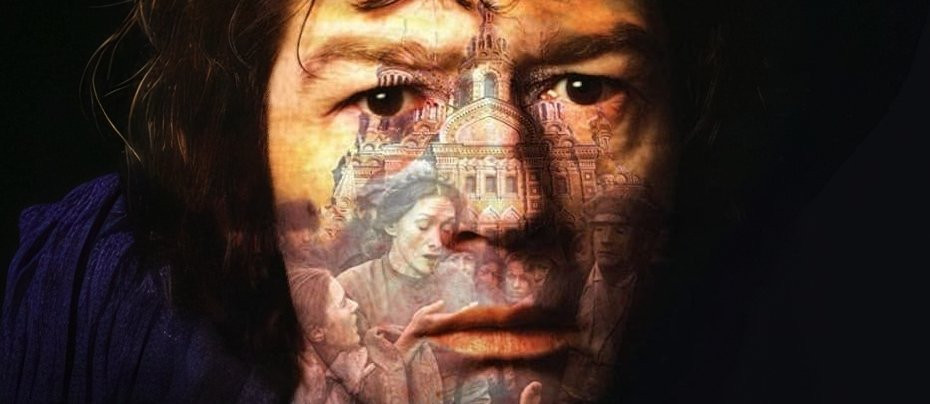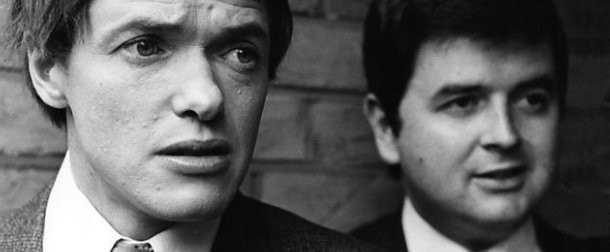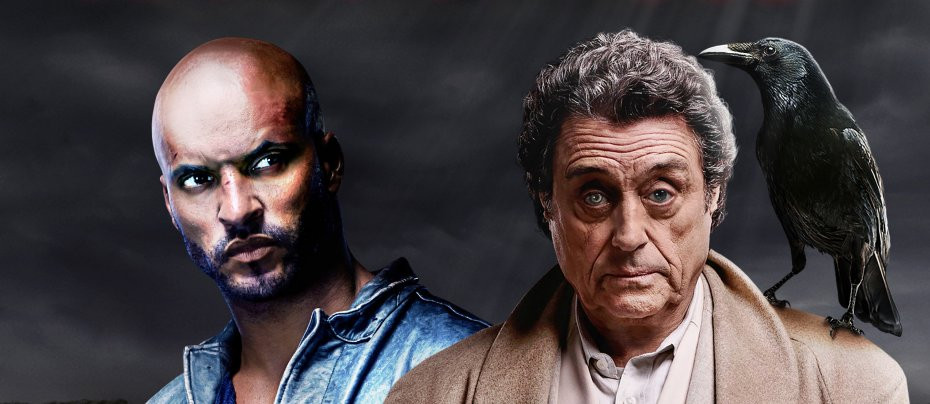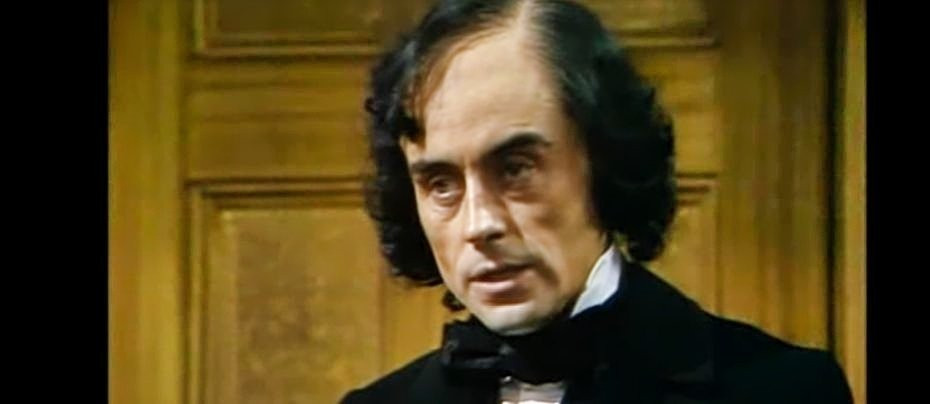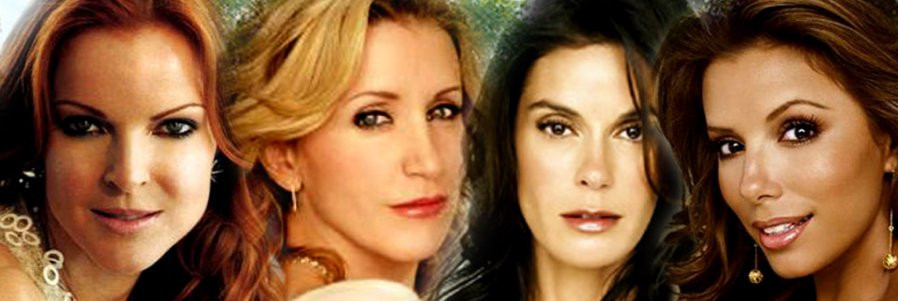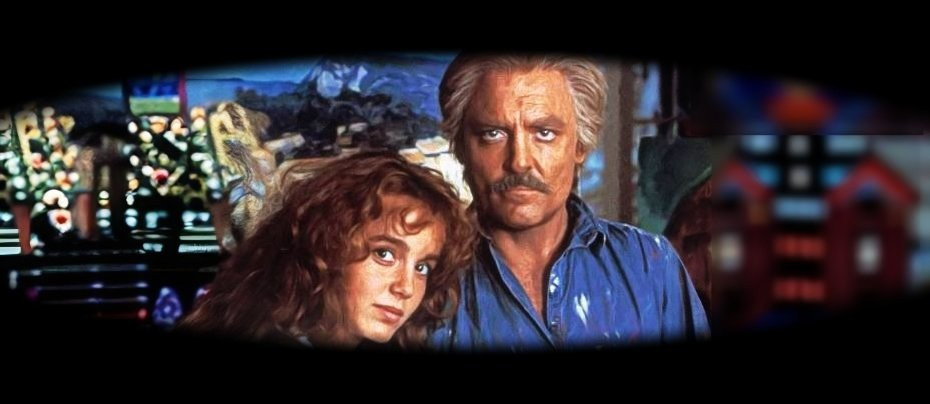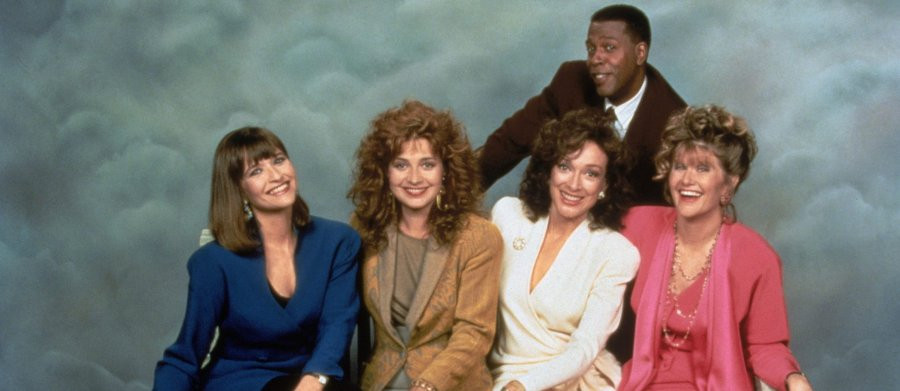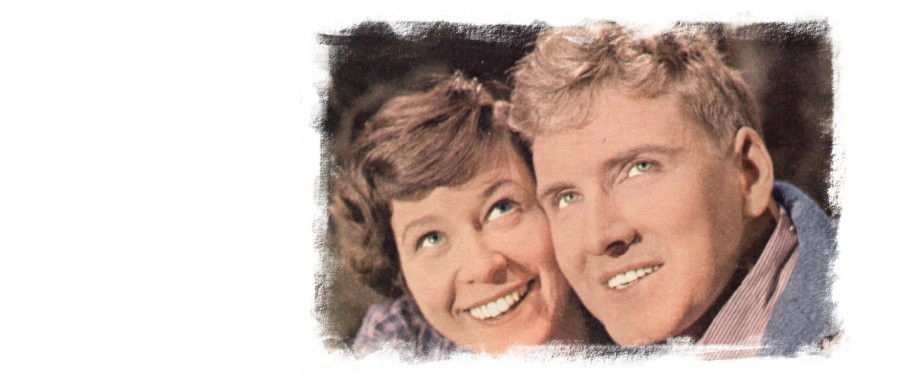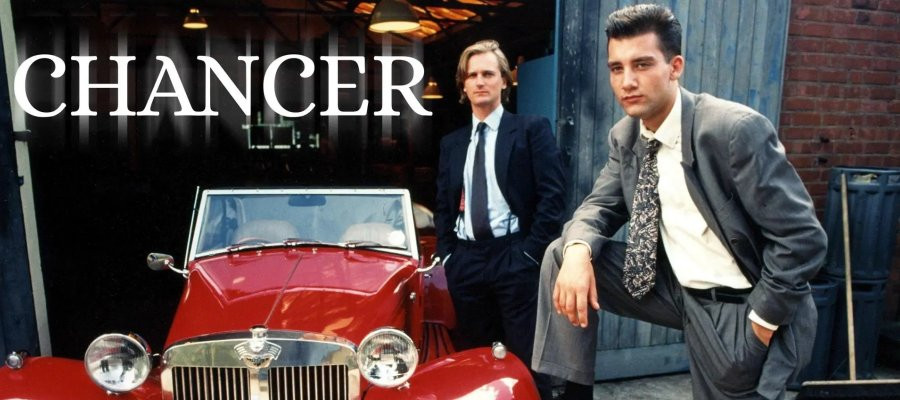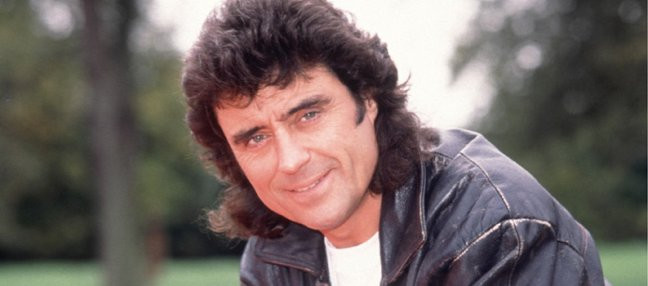
Lovejoy
1986 - United KingdomReview - LM
Light, playful, and brimming with that distinctly British charm that’s as comforting as a cup of tea on a drizzly afternoon, Lovejoy remains one of the BBC’s most enduringly beloved offerings. Based on the novels of Jonathan Gash, this television gem was deftly adapted for the screen by Ian la Frenais, with the ever-charismatic Ian McShane not only stepping into the lead role, but also securing the rights himself, a shrewd move worthy of the show’s titular antiques dealer.
Set within the genteel, often deceptively cut-throat world of the antiques trade, Lovejoy centres around a roguish yet loveable dealer who happens to be a 'divvy' — a diviner, blessed with the uncanny ability to sniff out a genuine antique amidst a sea of worthless bric-a-brac. While Gash’s original literary incarnation of the character bore rather rougher edges, la Frenais’s televisual vision wisely softened the silhouette, sculpting a more affable, almost romantic figure - Robin Hood in a leather jacket and loafers.
McShane’s Lovejoy is a classic non-conformist; a cheeky chancer who flouts convention, pinches from the unscrupulous, and often rights wrongs - but never without slipping a small fee into his own pocket. His frequent sparring with the smug and slippery Charlie Gimbert (Malcolm Tierney) provides a satisfying thread of comeuppance comedy, with Gimbert repeatedly, and deservedly, caught on the receiving end of Lovejoy’s crafty schemes.
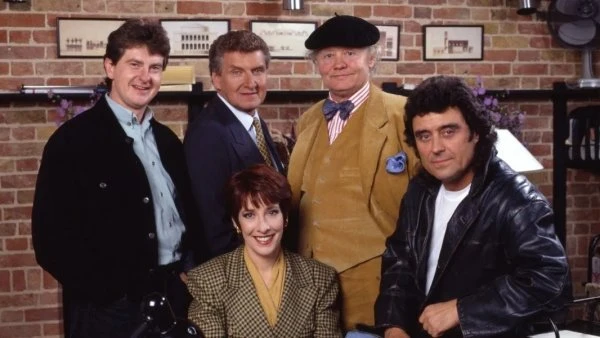
The show’s heart, however, lies in its warm ensemble cast. Dudley Sutton's portrayal of Tinker Dill, Lovejoy’s loyal, shambolic right-hand man with a nose for poetry and a taste for ale, is an utter joy. Eric Catchpole, the dim but eager apprentice (brilliantly played with just the right measure of naivety by Chris Jury), added youthful energy and a healthy dollop of comic relief. Their interplay offered a delightful sense of found family, laced with banter, bickering, and a shared affection that grounded the show in humanity.
Adding an innovative touch, Lovejoy made clever use of ‘breaking the fourth wall’, allowing McShane to confide in the audience directly. This created an irresistible sense of intimacy—as if we, the viewers, were partners in his latest caper.
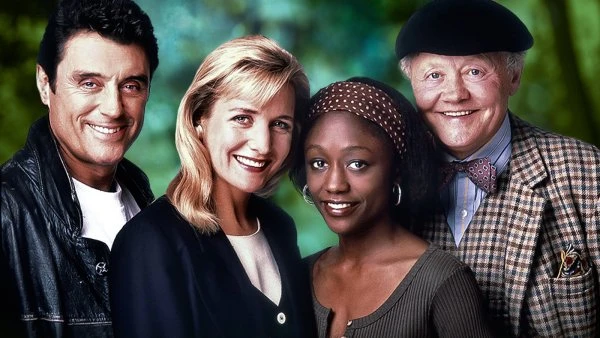
Romantic intrigue simmered gently in the early seasons, courtesy of the slow-burning, aristocratic chemistry between Lovejoy and Lady Jane Felsham (Phyllis Logan, impeccably poised). Her eventual departure in 1993 marked a significant shift, echoed by the exit of Eric - who left to run his uncle’s pub. Enter Charlotte Cavendish (Caroline Langrishe) in 1994—a university-educated auctioneer who brought a new dynamic to Lovejoy’s ever-evolving emotional life, whilst Eric was replaced by young, intelligent, no-nonsense trainee antique dealer, Beth Taylor (Diane Parish).
Beyond the characters, Lovejoy was also a love letter to the British countryside, filmed mostly in East Anglia, particularly in Suffolk and Essex, where areas populated by antique shops, sprawling manors, and country pubs all added to Lovejoy's sense of place, making it feel like a cosy, if slightly mischievous tour through the heart of rural antiquing life, giving the show its unmistakable English charm. With clever, often wryly funny scripts and a cast that clearly relished their roles, Lovejoy became more than just a ratings hit, it was a finely polished jewel in the BBC’s crown.
A drama with mischief in its heart, warmth in its soul, and a wink always at the ready, Lovejoy was like the finest antique; it’s an item of enduring quality, deserving of admiration, and, if you’re lucky enough to stumble across it, absolutely worth keeping.
Seen this show? How do you rate it?
Seen this show? How do you rate it?
Published on May 26th, 2025. Written by Laurence Marcus for Television Heaven.


